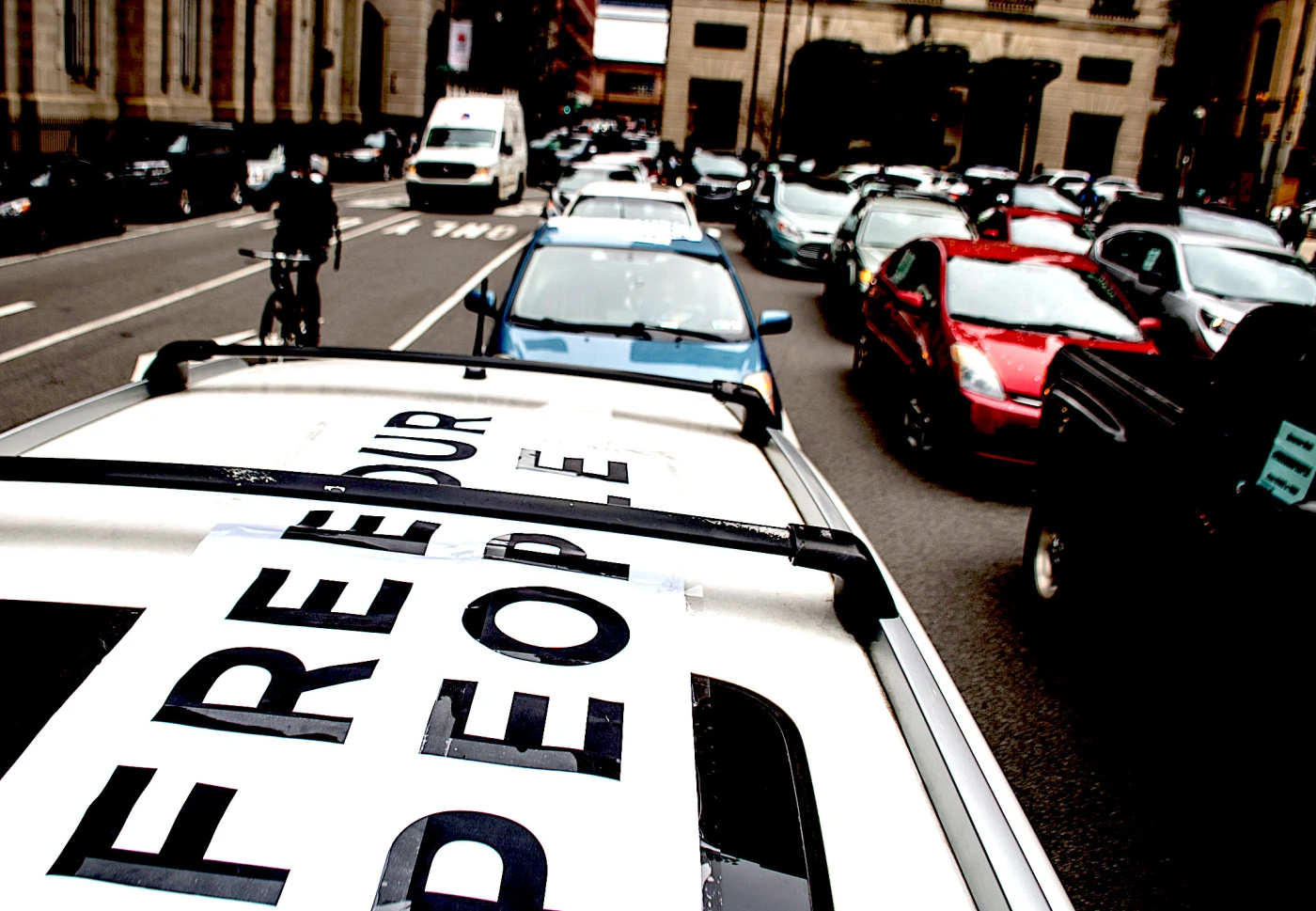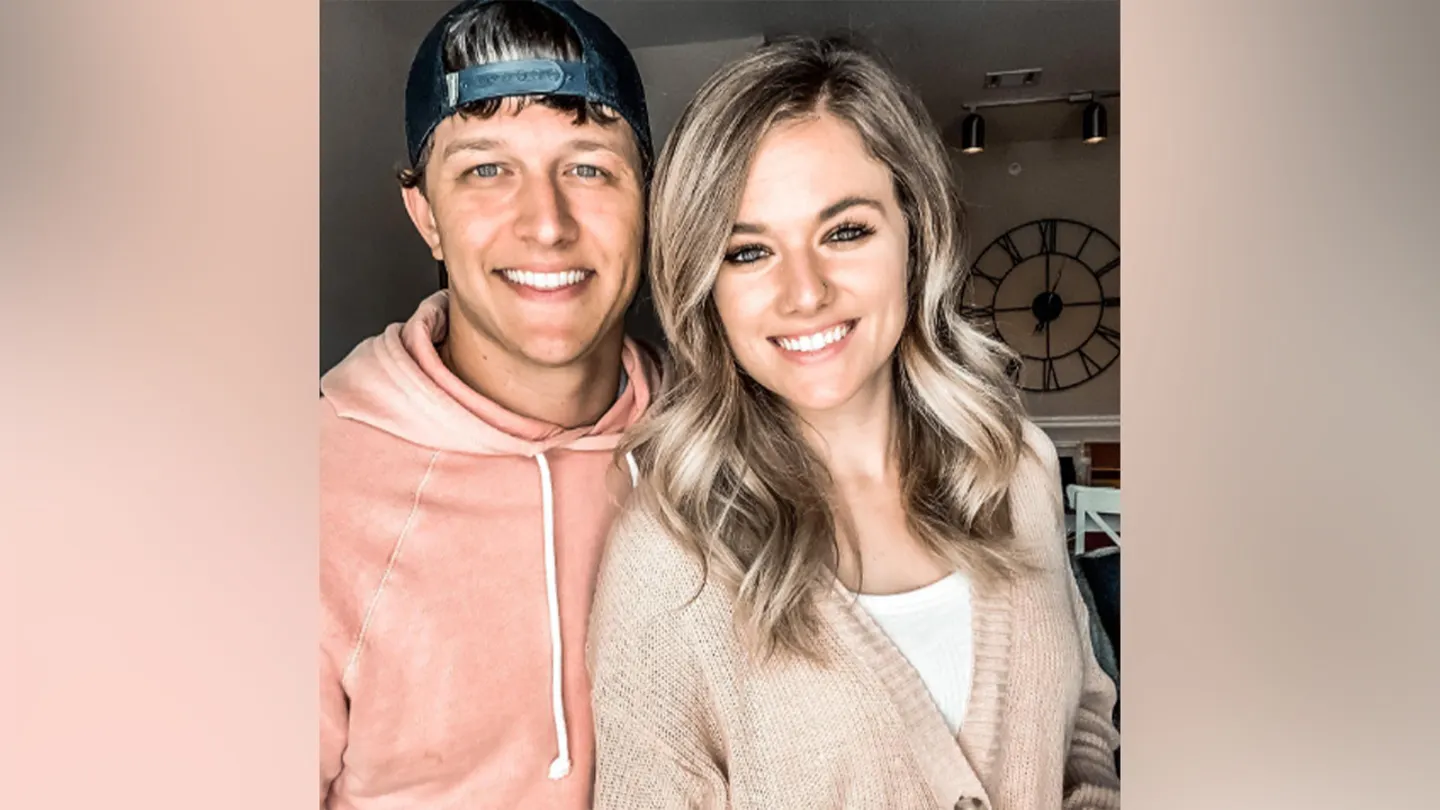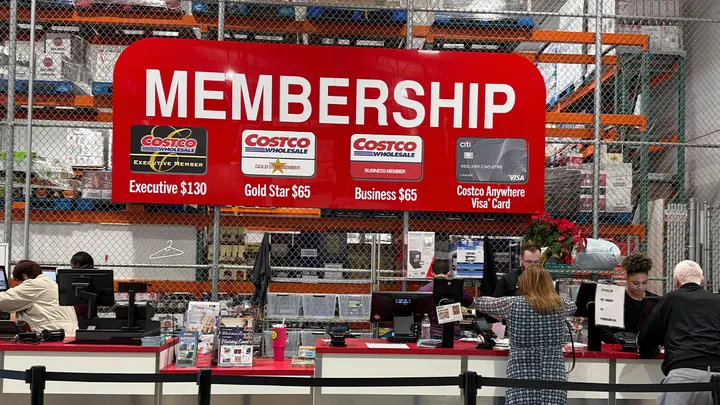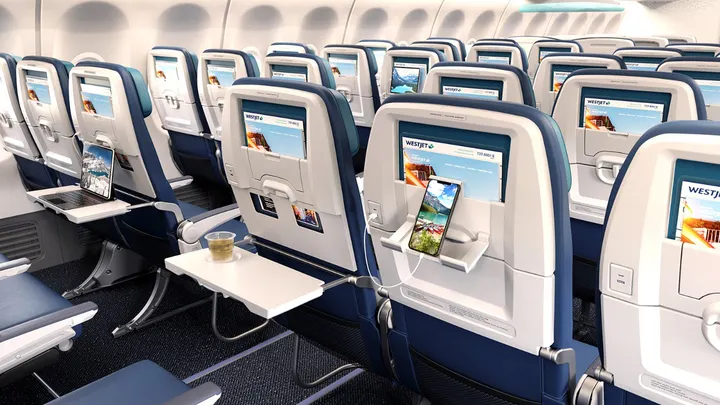If we don’t care about prisoners on any normal day, then why would we care about them when a pandemic is spreading through the system?
The first comprehensive study of prisoner deaths during the Covid era shows that deaths in federal and state prisons rose nearly 50 percent during the first year of the pandemic, and in six states, they more than doubled.
The New York Times reports that deaths in America’s prisons during 2020 showed more than twice the increase compared to deaths in the United States overall, and they even exceeded deaths in nursing homes, which were among the hardest hit sectors across the country.
The Times found that it was not just the fact that Covid swept through already overcrowded prisons. It was also that prisoners are routinely subjected to substandard medical care. That’s the norm. That, coupled with crowded facilities and an aging inmate population combined to make the worst public health crisis in American prisons since the 1918-1919 Spanish flu pandemic.
And the states with the highest death rates are the states with the worst prison conditions, the worst medical care and the longest sentences: Alabama, Arkansas, South Carolina and West Virginia. In all of those states deaths in 2020 were up more than 100 percent over the previous year.
As an aside, the federal prisoner death numbers are incomplete. Despite a 2013 law that requires the federal Bureau of Prisons to keep data on deaths, health and safety, the BOP stopped doing that in 2019, citing bureaucratic changes within the Justice Department. Don’t like the law? Just ignore it. Nobody will do anything about it.
Aging Prison Population
A companion study of American prisons is showing that the prison population nationwide is aging significantly. Due primarily to tough sentencing laws during the 1980s and 1990s, Americans are incarcerated for longer and longer periods.
In 2009, about 10 percent of all prisoners were 50 or older. By 2019, that portion had jumped to 21 percent. According to the Department of Justice, prisoners are considered to be “elderly” by the time they reach 50. Their lifespans are shortened by their years in prison, and, in many cases by drug abuse, poverty and a lack of appropriate medical care.
High rates of depression, obesity and suicide make the situation even worse. For example, of the 46 prisoners who died in West Virginia in 2020, 42 were older than 50. In Michigan, which has the oldest prison population in the country, 90 percent of the 248 prisoners who died in 2020 were older than 50.
I spent my 50th birthday in the Federal Correctional Institution at Loretto, Pennsylvania, after blowing the whistle on the C.I.A.’s torture program.
On the day that I arrived there, the prison, which was designed to hold 675 prisoners, instead held 1,425. Cells built for four men held six or eight, and bunkbeds lined the halls.
“Health care” was provided by physicians’ assistants from the National Health Service, a bureau of the Department of Health and Human Services. After nearly a year without a doctor, we finally got a disgraced physician from Cleveland who had had his license temporarily suspended after he was accused of taking liberties with a child.
No matter a prisoner’s malady, the go-to medication in prison was Tylenol (acetaminophen). I can tell you that I personally saw four prisoners just in my housing unit die in the 23 months I was in prison, all from undiagnosed cancers. You can be sure, though, that they had all been prescribed Tylenol by the incompetent boobs in charge of taking care of them.
Near the end of my sentence, an African man in the cell next to me was diagnosed with tuberculosis. He wasn’t isolated. He wasn’t moved to a cell in the medical unit. And none of us were provided with masks. When I asked the physician’s assistant to whom I was assigned what to do, he said, “I guess just hold your breath when you walk past him.” That’s healthcare in the American prison system.
State & Local Prisons Even Worse
Living facilities in California State Prison, July 19, 2006. (California Department of Corrections, Wikimedia Commons)
If it sounds like I’m being harsh about the federal prison healthcare system, let me tell you that the state and local prison systems are even worse. Look at it this way: Many state and local prisons are private; managed by for-profit companies that the states and localities hire to cut costs. How do these prisons cut costs? They do it by cutting the money spent on food and on medical care. Animal-grade food costs less than human-grade food, and it’s served in prisons across America every day.
And when a prisoner needs a name-brand or otherwise expensive medication, you either let him have it, which happens rarely, or let him die, which happens daily. If nobody cares about America’s incarcerated men and women and there is no price to pay when they die due to neglect, then there’s no reason to change the policy.
If we don’t care about prisoners on any normal day, then why would we care about them when Covid is spreading through our prison systems? I was shocked by The New York Times report, but I wasn’t surprised. I doubt anybody else who knows about mass incarceration in this country was either.
Laprogressive
Tags:public health




